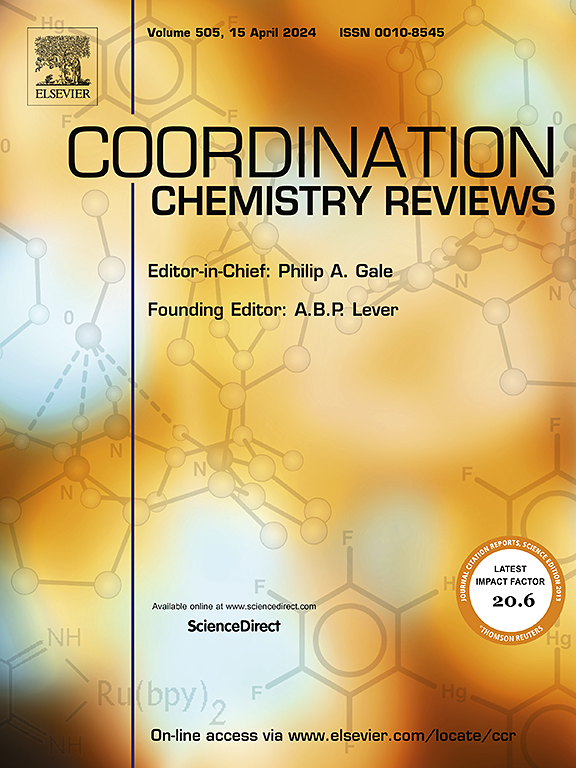Recent advances in lateral flow immunoassay based on sandwich format for whole-cell pathogen detection
IF 20.3
1区 化学
Q1 CHEMISTRY, INORGANIC & NUCLEAR
引用次数: 0
Abstract
Pathogenic bacteria infections pose significant threats to public health. Therefore, developing methods for rapid, sensitive, and selective detection of whole-cell pathogens is key for their prevention and control. Lateral flow immunoassay (LFIA) with portability, simplicity in operation, cost-effectiveness, on-site detection, and fast responsiveness, has been widely used to detect whole-cell pathogens. This review provides a systematical summary of recent advances in lateral flow immunoassay based on sandwich format for whole-cell pathogen detection. The composition and detection principles of LFIA strips are described. Conjugation method of antibody with nanomaterials and sandwich strategies based on different recognition mechanisms have been presented. Some advances in pathogen detection based on sandwich format LFIA with different signal detection strategies are comprehensively summarized, including colorimetric-based assays, fluorescent-based assays, surface-enhanced Raman scattering-based assays, electrical-based assays, magnetic-based assays, and photothermal-based assays. These achievements involve the use of different signal labels, the incorporation of other techniques, and the utilization of signal amplification systems. Finally, the challenges and future directions of LFIA for whole-cell pathogen detection are also briefly summarized. Hopefully, our review will bridge the design of signal labels and rational construction of LFIA, supporting the extensive research for whole-cell pathogen detection.
求助全文
约1分钟内获得全文
求助全文
来源期刊

Coordination Chemistry Reviews
化学-无机化学与核化学
CiteScore
34.30
自引率
5.30%
发文量
457
审稿时长
54 days
期刊介绍:
Coordination Chemistry Reviews offers rapid publication of review articles on current and significant topics in coordination chemistry, encompassing organometallic, supramolecular, theoretical, and bioinorganic chemistry. It also covers catalysis, materials chemistry, and metal-organic frameworks from a coordination chemistry perspective. Reviews summarize recent developments or discuss specific techniques, welcoming contributions from both established and emerging researchers.
The journal releases special issues on timely subjects, including those featuring contributions from specific regions or conferences. Occasional full-length book articles are also featured. Additionally, special volumes cover annual reviews of main group chemistry, transition metal group chemistry, and organometallic chemistry. These comprehensive reviews are vital resources for those engaged in coordination chemistry, further establishing Coordination Chemistry Reviews as a hub for insightful surveys in inorganic and physical inorganic chemistry.
 求助内容:
求助内容: 应助结果提醒方式:
应助结果提醒方式:


